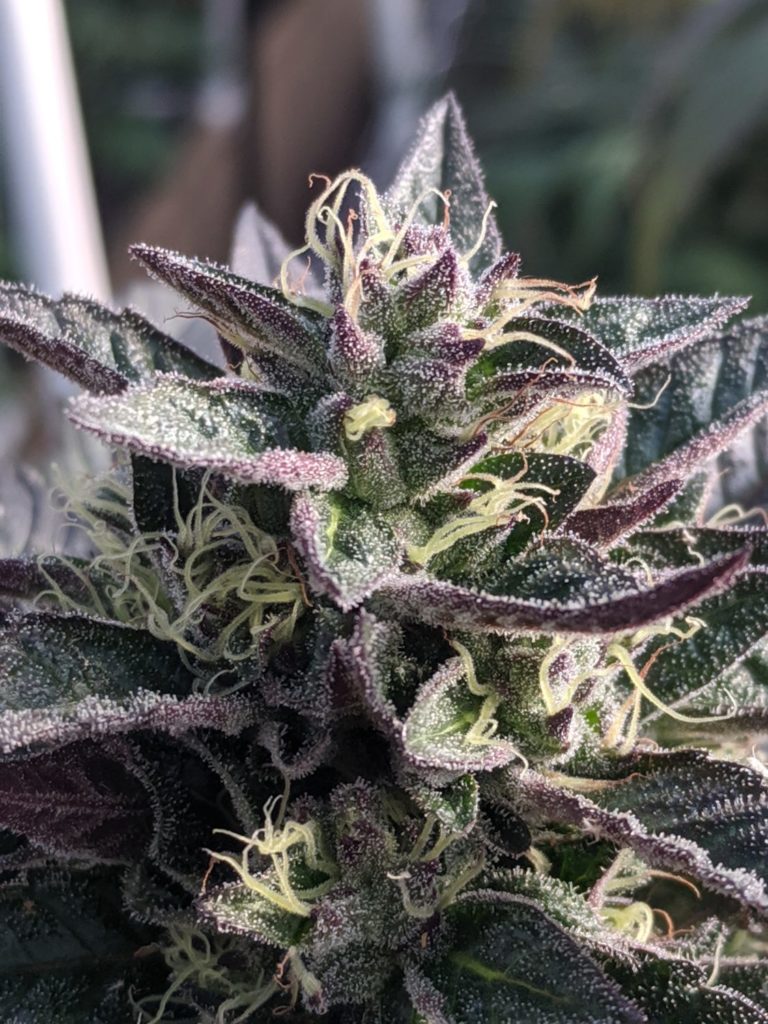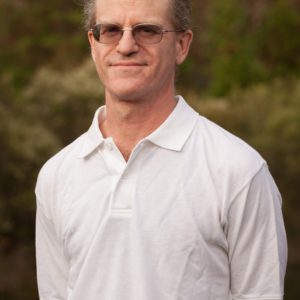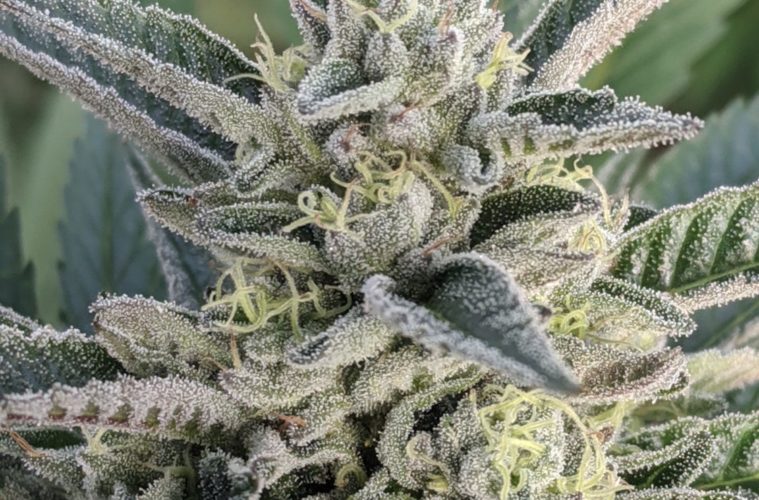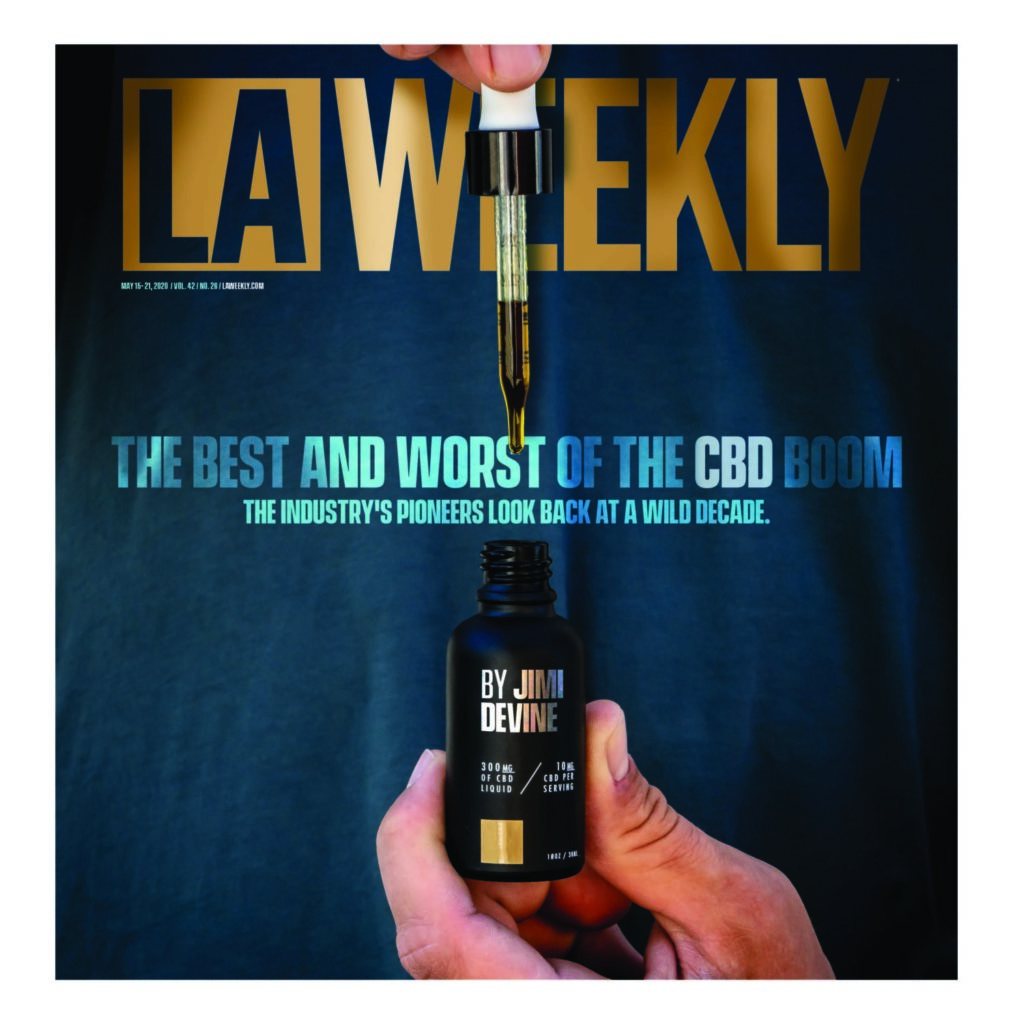CBD has had a wild decade without a doubt, and we’re going to dive into the best and worst aspects of the rise of the world’s second-favorite cannabinoid with those who were along for the ride.
Cannabidiol is fantastic medicine; we’ve all witnessed that across a variety of personal stories that found their way to TV during the media weed rush of the early 2010s. But the CBD movement started in the Redwood-covered hills of Northern California. Just before the turn of the decade, the earliest pioneers of CBD got organized in the effort to breed it back into the cannabis supply chain.
Back then, people weren’t aware of the medical potential that has sent CBD hype to the stratosphere, for better or worse. Despite a lack of real researchers having access to proper cannabis, we’re still learning a lot more about its medical properties all the time. The latest research in the last few months has found things like the capacity of CBD to prevent glucose uptake also contributes to its anti‐inflammatory activity.
Last week, the American Chemical Society released a paper on CBD injection delivery methods that saw a reduction of tonic-clonic seizures by 40 percent in lab mice, increase the survival rate by 50 percent, and an increase in the time it took the test subjects to have their first tonic-clonic seizures by 170 percent. “These results suggest that a long-term full-spectrum cannabis delivery system may provide a new form of cannabis administration and treatments,” the authors noted.
That was just last week, you can spend hours diving into all the research, especially in Europe and Israel.
But back in the day, those original farmers started with the anecdotal experience and decades-old research around monkeys eating hash. One of the most important contributors to CBD genetics would be Lawrence Ringo of Humboldt County. During the 2008 harvest, Ringo stabilized California’s first CBD strain Sour Tsunami. Ringo passed away in 2014 after helping a ton of patients.
Longtime California CBD manufacturer Harry Rose was one of Ringo’s neighbors.

Ringo 2012 cultivated by Harry Rose (Courtesy of Harry Rose)
“As far as anybody knows Ringo was the first person to secure genetics high in CBD through testing,” Rose told L.A. Weekly.
Ringo was actually looking for high THC strains and worked with Pure Analytics founder Samantha Miller to quantify potency in lab testing before it was legal. They ended up finding a lot of Ringo’s strains high in CBD, but nobody knew what to do with it. Miller encouraged Ringo to do something with his CBD because of its potential medical benefits. At the same time, Rose came down with a serious autoimmune disease as Sour Tsunami was stabilized. It was the first stable 3-to-1 CBD-to-THC ratio pot.
“There were other things out there but they were far from stable, even today you can find AC/DC anywhere from 8 percent to 28 percent CBD,” said Rose. The Sour Tsunami would stabilize at 16 percent in a time when 6 percent was unbelievable. “We made those plants into oil, and that’s what ended up putting my disease into remission. There is a huge history to that, but that’s the long and short of it.”
Rose calls the end of Proposition 215 a massive educational phase for consumers, which led to this second wave of CBD consumers entering from the hemp space. As for the product those new faces are consuming, “the most you’re going to find is maybe 5 percent total cannabinoids? But probably closer to 3 percent.”

Harry Rose
We asked Rose what it’s like seeing someone getting liters of distillate shipped in from the hemp fields of the Chinese/Mongolian border compare their product to plants that were always grown with medical intention?
“It’s frustrating, but the reality is the proof is in the pudding,” Rose replied, “I just feel bad for the patients. Because I was a patient.” He believes the situation is convoluted at the moment and full of shit subpar products. “These drug store hemp products are terrible, some of them don’t even have THC in them at all.”
Rose’s product line Rosette Wellness is available locally at Bud & Bloom, New Generation and Clique. His lineup remains among the highest quality at scale California has to offer.
One of the people working alongside Rose all these years in educating on CBD is Project CBD founder Martin A. Lee. Rose said Lee was the godfather of the guerrilla research studies in the earliest days of CBD. He said Lee was one of the few people that truly believed medical marijuana was a real thing. We profiled Lee on CBD Day last year — yup it’s a PR thing, but we wanted to get his take on the question at hand about what have been the best and worst aspects of the CBD boom.
“Part of it is CBD is healthy for people in a lot of ways, that’s good. But I think there is another level that CBD has a potential for causing a social impact that we were cognizant of from the very beginning,” Lee told L.A. Weekly. “Basically to extract cannabis from the drug abuse paradigm, we thought CBD could be the key to that.” In a sense, one of the best things about CBD for Lee was American culture’s inability to consume it and stay the same.
Lee thought it would be more like an acupuncture needle releasing a wave of energy into society than the explosion we saw after CBD’s results hit the airwaves. That enthusiasm ended up being the clay that brought out both the people that would craft CBD into something for patients and those who would form it into something to line their pockets.
“It brought out America’s pathology of consumerism,” Lee said. “A big streak of the CBD industry is just about making money. And that’s on one hand rather impressive, and on the other hand rather dull.”
Lee emphasized that the scale of progress tied to consumerism was a mixed blessing in the sense of the access it provides.
Locally, longtime industry vet Dina Browner was among the original dispensary operators in Southern California to see the then-new CBD effort up North.
“I was blessed with the best in our West Hollywood shop. Partly because we had great NorCal connects, I think 2010 was when I first started seeing positive results from patients using the oil I made,” Browner told L.A. Weekly. “Rick Simpson taught me but I altered his “recipe.”
We asked what’s it been like watching CBD go from the early days of full-spectrum medicines to more mass-produced options being pushed on consumers.
“Sad really, I tried my best to inform the patients to know the difference,” she replied. “I remember when Charlotte’s Web became popular and I had all these parents coming into my shop in need of Charlotte’s Web. I tried to explain that it’s not sold in California and we sell the same product with a different name. People couldn’t understand that.”
We wanted to make sure the hemp industry got their take to weigh in on all this. We asked the National Hemp Association’s executive director Erica Stark what she believes are the best and worst aspects of the CBD boom were.
Like many, Stark believes CBD’s impact on wider policy was massive for the farmers and ancillary services now benefiting from the industry. “And of course, the sheer number of people that have found relief from a variety of conditions through the use of CBD has been beneficial,” Stark replied. “It also gave us a platform to talk about some of the other things hemp is good for aside from CBD, you know all the industrial applications.”
Stark believes some of those applications have been lost in the “CBD Shuffle” so there hasn’t been investment in those applications in the same scope and scale of CBD.
We asked Stark about more negative aspects of CBD, like the folks getting products without a reasonable set of best practices from human consumption imported to the U.S and people making crazy claims around CBD.
“Well certainly the fact that CBD is still an unregulated product is problematic in many different ways,” she replied, “We seen outlandish medical claims be made. Just totally ridiculous things, and particularly now with the COVID-19 pandemic I’ve seen claiming CBD cures coronavirus. While there may be some validity to its ability to help alleviate specific symptoms, it’s irresponsible to tout that without any scientific backup or proof.”
Stark says she has never met a good CBD company with a fear of regulation, and all the best expect to comply with eventual FDA guidance anyway.
We finally asked Stark about concerns from medical marijuana advocates about the language being used to describe CBD confusing consumers and even sometimes elected officials creating policies around medical marijuana. She thinks it’s a consumer education issue. “The average consumer doesn’t even know what full spectrum means,” she noted.
Advertising disclosure: We may receive compensation for some of the links in our stories. Thank you for supporting LA Weekly and our advertisers.


